http://pitweb.pitzer.edu/communications/2015/07/pitzer-welcomes-native-american-students-to-pipeline-program/
Pitzer Welcomes Native American Students to Pipeline Program
Claremont, CA (July 12, 2015)—Twenty Native American high school students arrived at Pitzer College today for a two-week residential program that is designed to prepare them for success in higher education—both academically and culturally.
The Pitzer College/WesternU’s Native American Summer Pipeline to College Program, co-sponsored by Western University of Health Sciences and run by Pitzer’s Community Engagement Center, will focus on the humanities and health sciences while helping students build academic skills for college. The Pipeline Program is the only program of its kind with a Native science component, which encompasses traditional approaches in areas such as the environment, marine life and food.
The Pipeline Program goes beyond the standard approach to academics. According to Program Director Scott Scoggins ’10, the Pipeline Program draws on Native American scholars and Elders’ wisdom to contribute cultural knowledge and traditional ways of learning within the academic environment. Two Canadian Elders—Rose Henry (Tla’ A’min Nation (Sliammon Territory)) and Joe Thorne (Cowichan/Nuu-chah-nulth)—are the program Elders-in-Residence, who offer students and mentors alike opportunities to learn from Elders in an informal setting. On July 24, the Elders will also co-lead a rally for Idle No More, a grassroots movement dedicated to building Indigenous sovereignty and protecting the environment.
“To succeed in life, you need to be strong in your culture,” Scoggins said. “We can’t prepare the students properly unless they’re backed up by their culture.” Scoggins himself is of Pipil Nahuat, Pocoman Maya and English ancestry.
The program, now in its seventh year, offers a new component this year called Generation Indigenous (Gen I), a White House initiative in collaboration with the Center for Native American Youth and the Aspen Center. To meet Gen I’s challenge to support college access and youth development, the Pipeline Program youth will create a booklet, “A Survival Guide for Native American Youth by Native American Youth.” The booklet will encourage students to express themselves through writing and tell their own stories. Five mentors, some of them former Pipeline students, will assist.
Other programming includes reflective essay writing drawn from the reading The Absolutely True Diary of a Part-time Indian by Sherman Alexie, an earth science class with Elder Kim Marcus (Santa Rosa Cahuilla) and Elder Barbara Marcus (Spokane), building a Tongva kiiy and rabbit loom with Tongva Elder Barbara Drake and an ever-popular media studies course on blogging led by Pitzer Media Studies Professor Gina Lamb. At Western University of Health Sciences, students will learn about the Thrifty Genotype hypothesis, population genetics and different health careers.
Students will also visit Wishtoyo Foundation’s Chumash Village in Malibu for a three-day camping experience in traditional Chumash homes called “aps.” They will study plant identification, marine biology conservation and land stewardship.
Over the years, Scoggins has seen once shy young people who often lack trust in academia transformed through their shared experiences in the program.
“I see strong young people with hope for the future, with confidence in an academic setting and with their culture backing them up to make them even stronger,” Scoggins said.
For more information, please visit:
http://pitweb.pitzer.edu/cec/native-american-engagement/
www.nativeyouth2college.org
www.westernu.edu/ladder-american-indian/about.php
ABOUT PITZER COLLEGE
Pitzer College is a nationally top-ranked undergraduate liberal arts and sciences institution. A member of The Claremont Colleges, Pitzer offers a distinctive approach to a liberal arts education by linking intellectual inquiry with interdisciplinary studies, cultural immersion, social responsibility and community involvement. For more information, please visit www.pitzer.edu.

 If you’re wondering about some of Pitzer’s recreational activities, wonder no further. If you can’t do it by yourself, do it with a ball.
If you’re wondering about some of Pitzer’s recreational activities, wonder no further. If you can’t do it by yourself, do it with a ball.

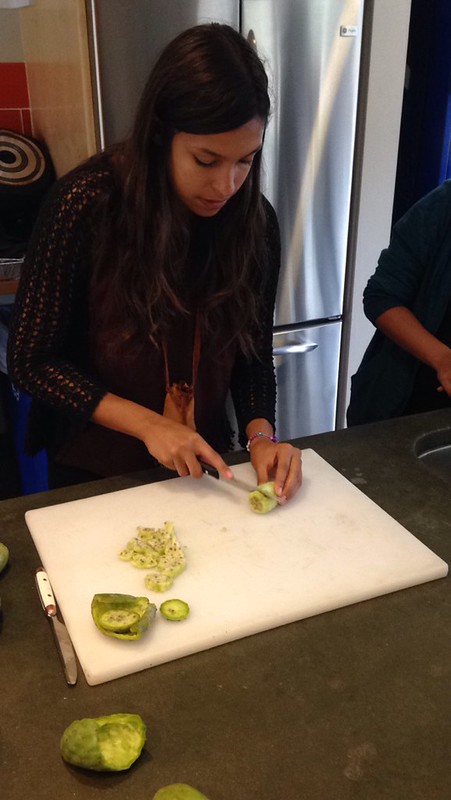








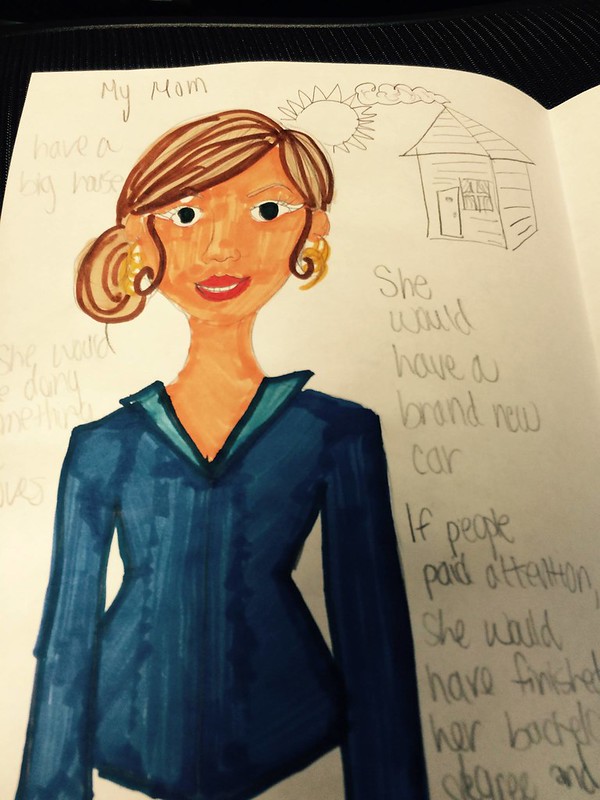

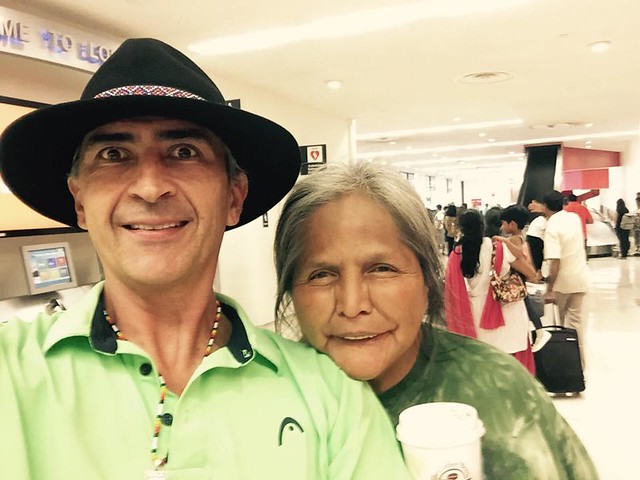
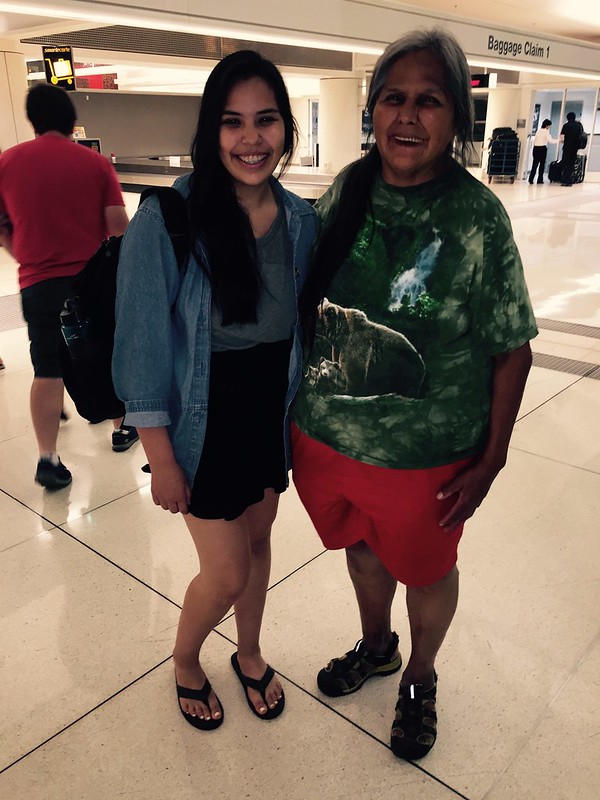
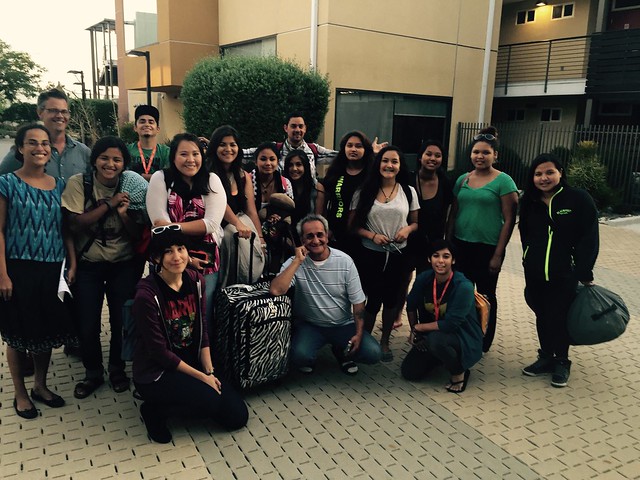







 Our continual host campus and organization – Pitzer College. More specifically, the Community Engagement Center has been our command base and the Dean of Faculty’s Office has supported our endeavors as well. Gloria Gold – Hello Gold Center next to our dorm! – has also generously supported the Pipeline Program in its mission to educate Native youth.
Our continual host campus and organization – Pitzer College. More specifically, the Community Engagement Center has been our command base and the Dean of Faculty’s Office has supported our endeavors as well. Gloria Gold – Hello Gold Center next to our dorm! – has also generously supported the Pipeline Program in its mission to educate Native youth.